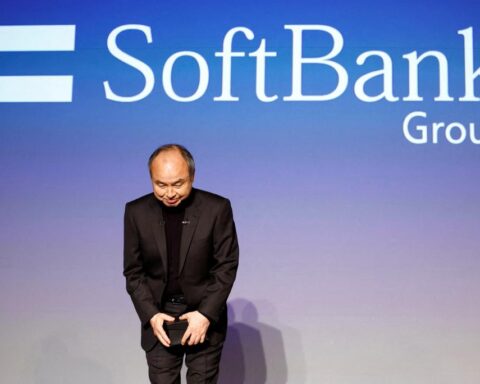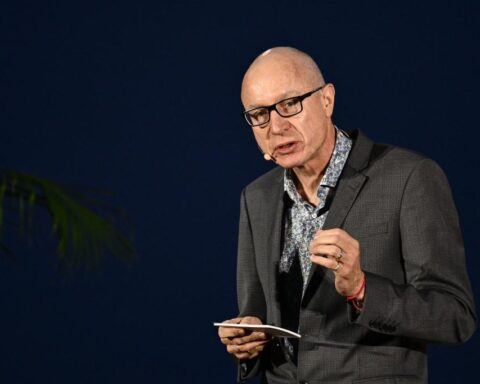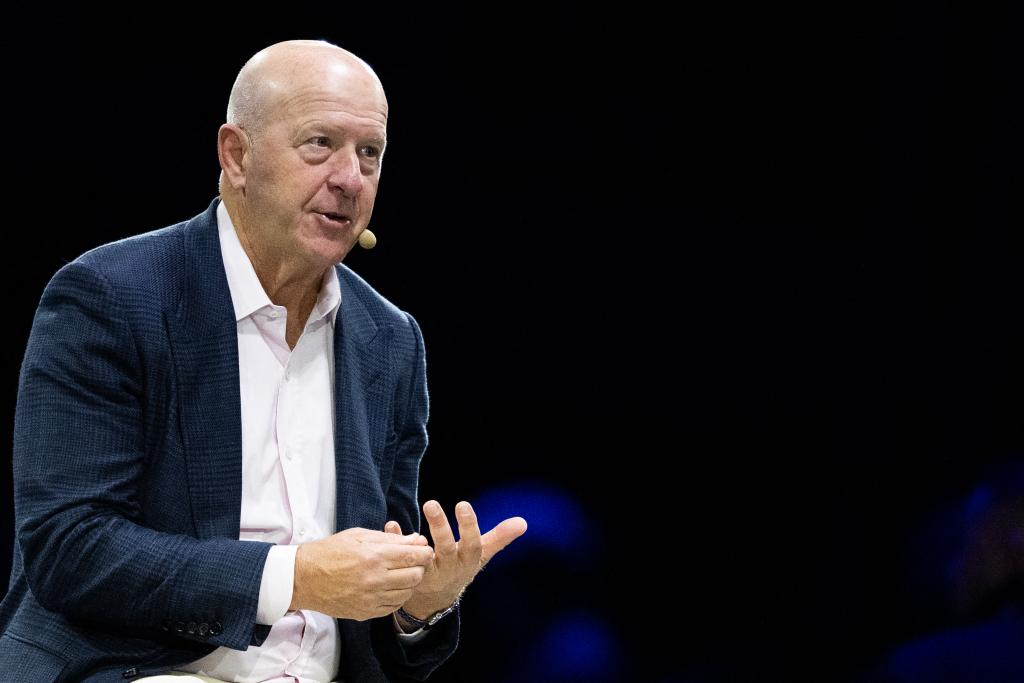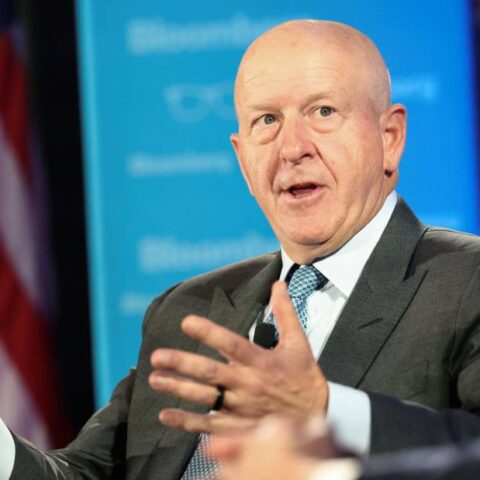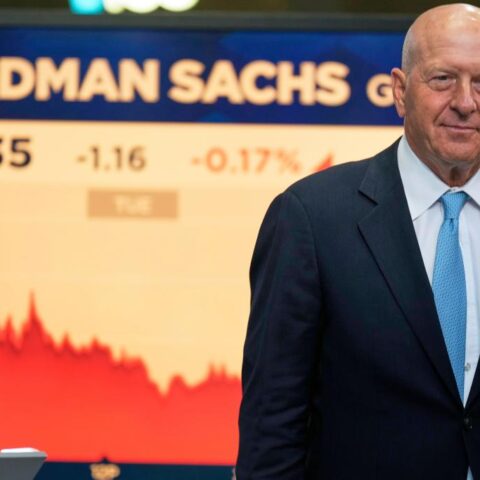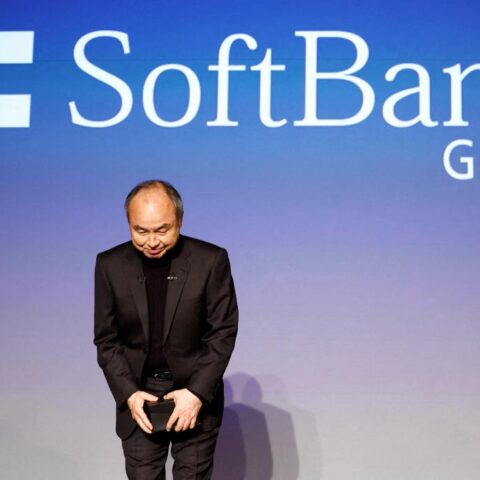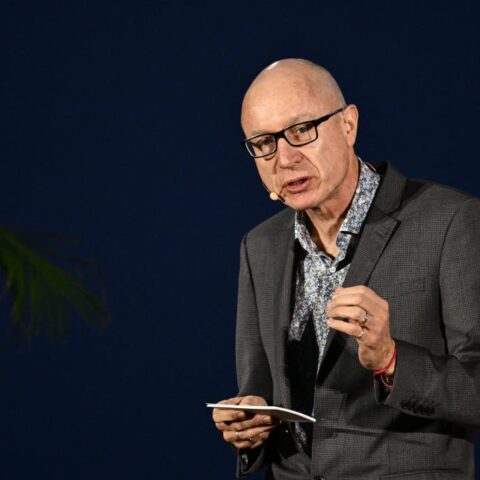Wall Street Giant Reshapes Workforce and Operations as Artificial Intelligence Promises Productivity Gains and Operational Efficiency
Goldman Sachs is signaling a major transformation of its workforce as artificial intelligence reshapes the firm’s operations, with a new round of layoffs expected even after reporting record third-quarter profits. CEO David Solomon’s management team outlined the changes in a companywide memo obtained by The Post, highlighting the bank’s plans to “constrain headcount growth through the end of the year” and carry out a “limited reduction in roles across the firm.”
“Even when the business is performing well, we have an obligation to review our operations carefully and position the firm for the future,” the memo stated. “We don’t take these decisions lightly, but this process is part of the long-term dynamism our shareholders, clients, and people expect of Goldman Sachs.”
As of September 30, the bank employed 48,300 staff globally, an increase of nearly 2,000 from a year earlier. Goldman confirmed that despite the upcoming reductions, the firm is expected to end the year with a net increase in headcount overall.

The move comes as part of Goldman’s “One Goldman Sachs” initiative, entering its third phase as OneGS 3.0, aimed at “transforming the operating system for the firm.” The multi-year plan focuses on six strategic goals: enhancing the client experience, improving profitability, driving productivity and efficiency, strengthening resilience and scalability, enriching employee experience, and bolstering risk management.
AI is central to these ambitions. The memo emphasized that “rapidly accelerating advancements in AI can unlock significant productivity gains for us” and that operational efficiency goals must reflect the potential of these technologies. Teams will prioritize AI-driven process improvements across sales enablement, client onboarding, lending, regulatory reporting, and vendor management.
“This doesn’t just mean retooling our platforms. It means taking a front-to-back view of how we organize our people, make decisions, and think about productivity and efficiency,” the memo read. Goldman has already integrated AI into day-to-day operations through tools like the in-house GS AI Assistant, which thousands of employees use to summarize documents, draft reports, and analyze data. While designed to boost efficiency, concerns persist that AI could replace entry-level and back-office jobs. A Bloomberg Intelligence study predicted that as many as 200,000 finance jobs could be displaced across the industry in the next five years due to automation.
Industry experts say Goldman’s proactive approach reflects caution despite strong results. “Goldman Sachs’ staff cuts, despite strong results, signal caution ahead, as even top banks tighten costs and prepare for a potential slowdown in deal activity,” said Eugenia Mykuliak, founder and executive director of B2PRIME Group. “At the same time, AI is playing an increasingly important role — Goldman is reshaping its workforce to take advantage of automation and smarter, AI-driven processes that are gradually transforming how investment banking works.”
The bank’s announcement aligns with similar moves across Wall Street. Morgan Stanley is eliminating 2,000 positions, roughly 2.5% of its workforce, while JPMorgan Chase has conducted four rounds of layoffs in 2025, totaling over 400 employees in its Jersey City office alone. Citigroup, meanwhile, is undertaking one of the largest restructurings on Wall Street, trimming 20,000 jobs over two years as part of a strategy to simplify operations and invest in new technology, projected to save $2.5 billion annually by 2026.
Goldman’s third-quarter results illustrate the high stakes. The bank posted $15 billion in revenue and $12.25 in earnings per share for July through September, both surpassing analyst expectations. However, management emphasized that the next phase of growth depends on leveraging AI to re-engineer workflows and improve productivity, preparing the firm to compete in a rapidly evolving financial landscape.
By strategically integrating AI and recalibrating headcount, Goldman Sachs aims to balance innovation with operational discipline, signaling a future where technology and human capital work in tandem to maintain Wall Street dominance.


